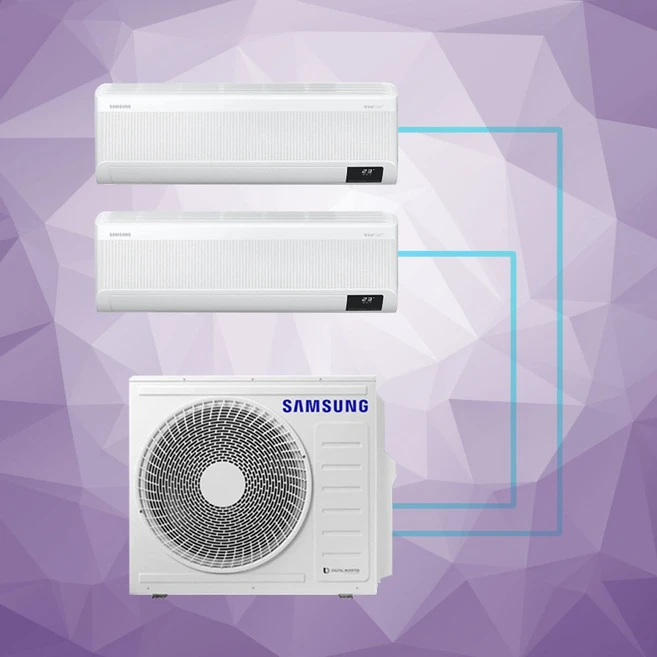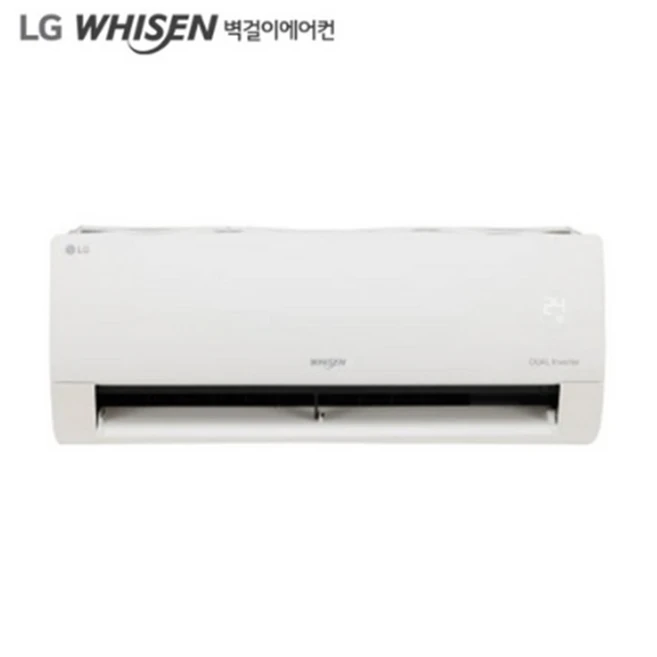
인버터에어컨 하루만에 달라지는 변화
👉인버터에어컨 1등 제품👈
목차
인버터에어컨 추천 순위
안녕하세요.
오늘은 인버터에어컨 최고로 인기 있는 제품들을 소개드리려고 합니다.
올해 기준 판매량이 가장 많고 긍정적인 후기가 많은 상품들로 엄선해 보았습니다.
인버터에어컨 추천 상품들을 확인해보세요!
인버터에어컨 추천 TOP10
품절 또는 제품 없음 시 아래 최신 상품 보러가기를 클릭해주세요
 삼성 벽걸이 투인원 무풍 에어컨 1등급 인버터 올인원 6평+6평 2in1 3in1 4in1 5in1, 올인원에어컨, 삼성 06평+06평(1등급)★★★★★ 최저가 1,564,500원  |
 삼성 스탠드 에어컨 태이컴퍼니 프로모션 17평 19평 스탠드 인버터 에어컨 방문 설치 수도권 설치 전문, 스탠드 19평, 일반배관형★★★★★ 최저가 500,000원  |
 최신형 LG전자 인버터 6평 휘센 벽걸이 에어컨 SQ06EZ1WBS 방문설치★★★★★ 최저가 199,000원  |
 LG전자 인버터 18.7㎡ 휘센 벽걸이 에어컨 SQ06FA1WDS 방문설치, 일반배관형★★★★★ 최저가 655,830원  |
 캐리어 벽걸이에어컨 인버터 6평 DARB-0061FAWSD (실외기포함) 기본설치비 별도(서울 경기인천)가정용 원룸 사무실, 24년 캐리어 6평DARB-0061★★★★★ 최저가 279,000원  |
 [전국무료배송/기본설치포함] 삼성 1등급 AI 무풍 콤보 인버터 벽걸이 에어컨 7평 9평 10평 11평 13평 15평 25년 신제품, 일반배관형, 6. 1등급 11평 AI 무풍 AR60F11D11WS★★★★★ 최저가 1,179,000원  |
 삼성전자 24.4㎡ 무풍 에어컨 벽걸이 슬림 AR07D9150HZT 방문설치, 일반배관형★★★★★ 최저가 749,000원  |
 캐리어 인버터 26㎡ 클라윈드 벽걸이 에어컨 PARB-0081QAWSD 방문설치, 일반배관형★★★★★ 최저가 524,000원  |
 최신제품 캐리어 인버터 벽걸이에어컨 6평 실외기포함 수도권설치 설치비별도 원룸 작은방, 일반배관형, 캐리어 벽걸이에어컨 6평★★★★★ 최저가 279,300원  |
 최신제품 캐리어 인버터 벽걸이에어컨 6평 실외기포함 수도권설치 설치비별도 원룸 작은방, 일반배관형, 캐리어 벽걸이에어컨 6평★★★★★ 최저가 279,300원  |
인버터에어컨 BEST 제품 포스팅을 끝까지
읽어주셔서 진심으로 감사드립니다.
오늘도 즐겁고 행복한 하루되셨으면 좋겠습니다!
인버터에어컨 추천 연관 키워드
상표권 게시물 삭제는 댓글 또는 구글폼을 이용하시면 됩니다.
⭐게시물 삭제 요청⭐
맺음말
1위 추천 제품은 삼성 벽걸이 투인원 무풍 에어컨 1등급 인버터 올인원 6평+6평 2in1 3in1 4in1 5in1, 올인원에어컨, 삼성 06평+06평(1등급) 입니다.
2위 추천 제품은 삼성 스탠드 에어컨 태이컴퍼니 프로모션 17평 19평 스탠드 인버터 에어컨 방문 설치 수도권 설치 전문, 스탠드 19평, 일반배관형 입니다.
3위 추천 제품은 최신형 LG전자 인버터 6평 휘센 벽걸이 에어컨 SQ06EZ1WBS 방문설치 입니다.
4위 추천 제품은 LG전자 인버터 18.7㎡ 휘센 벽걸이 에어컨 SQ06FA1WDS 방문설치, 일반배관형 입니다.
5위 추천 제품은 캐리어 벽걸이에어컨 인버터 6평 DARB-0061FAWSD (실외기포함) 기본설치비 별도(서울 경기인천)가정용 원룸 사무실, 24년 캐리어 6평DARB-0061 입니다.
좋은 상품 선택하셔서 즐거운 쇼핑 되시길 바랍니다.

